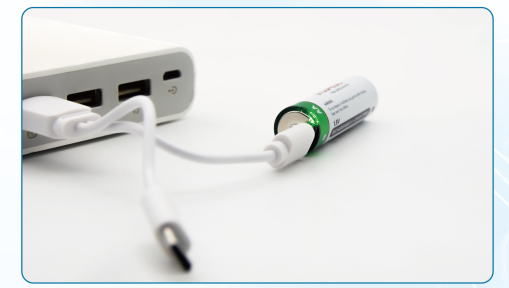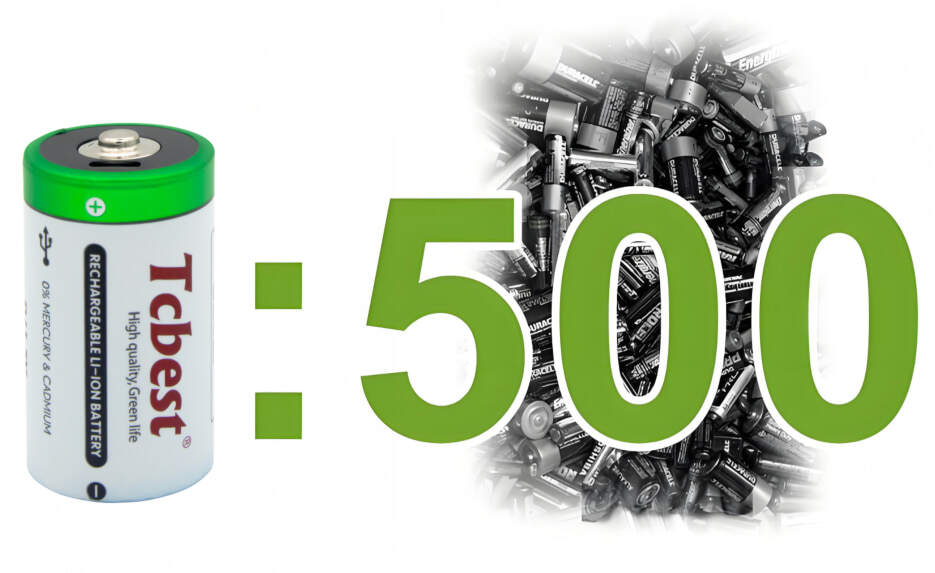(Featured image suggestion: Side-by-side visual of USB batteries charging via cable and traditional alkaline batteries in common devices.)

The Evolution of Power Solutions
As portable electronics dominate modern life, battery innovation has accelerated. Two popular choices—USB-rechargeable batteries and disposable alkaline/carbon batteries—offer distinct advantages. Let’s break down their differences to help you make informed decisions.
1. Recharge ability & Long-Term Value

USB Batteries: Built with lithium-ion/polymer tech, they support 500–1,000 recharge cycles. Ideal for high-drain devices like gaming controllers or cameras.
Alkaline/Carbon: Single-use, designed for low-drain devices (clocks, remotes). Frequent replacements increase long-term costs.
**Key Insight**: USB options save 70%+ costs over 5 years (based on average usage).
2. Energy Output & Performance
USB Batteries: Deliver stable voltage (1.5V) until depletion, ensuring consistent performance in high-power devices.
- **Alkaline/Carbon**: Voltage drops gradually, causing devices like digital cameras to underperform as energy depletes.
3. Environmental Impact
USB Batteries: Reduce waste by 80–90% versus disposables. Many brands, including [Your Company Name], use recyclable Li-ion cells.
Alkaline/Carbon: 15 billion disposed globally yearly; contain trace heavy metals requiring specialized recycling.
4. Use Cases & Compatibility
USB Batteries: Perfect for high-drain, frequently used gadgets (LED torches, kids’ toys).
Alkaline/Carbon: Suits low-power, intermittent-use devices (thermometers, emergency flashlights).
Whether prioritizing eco-friendliness, cost efficiency, or performance, understanding these differences ensures optimal power choices. Explore TCBEST’s customizable battery portfolios to meet evolving industry demands.


